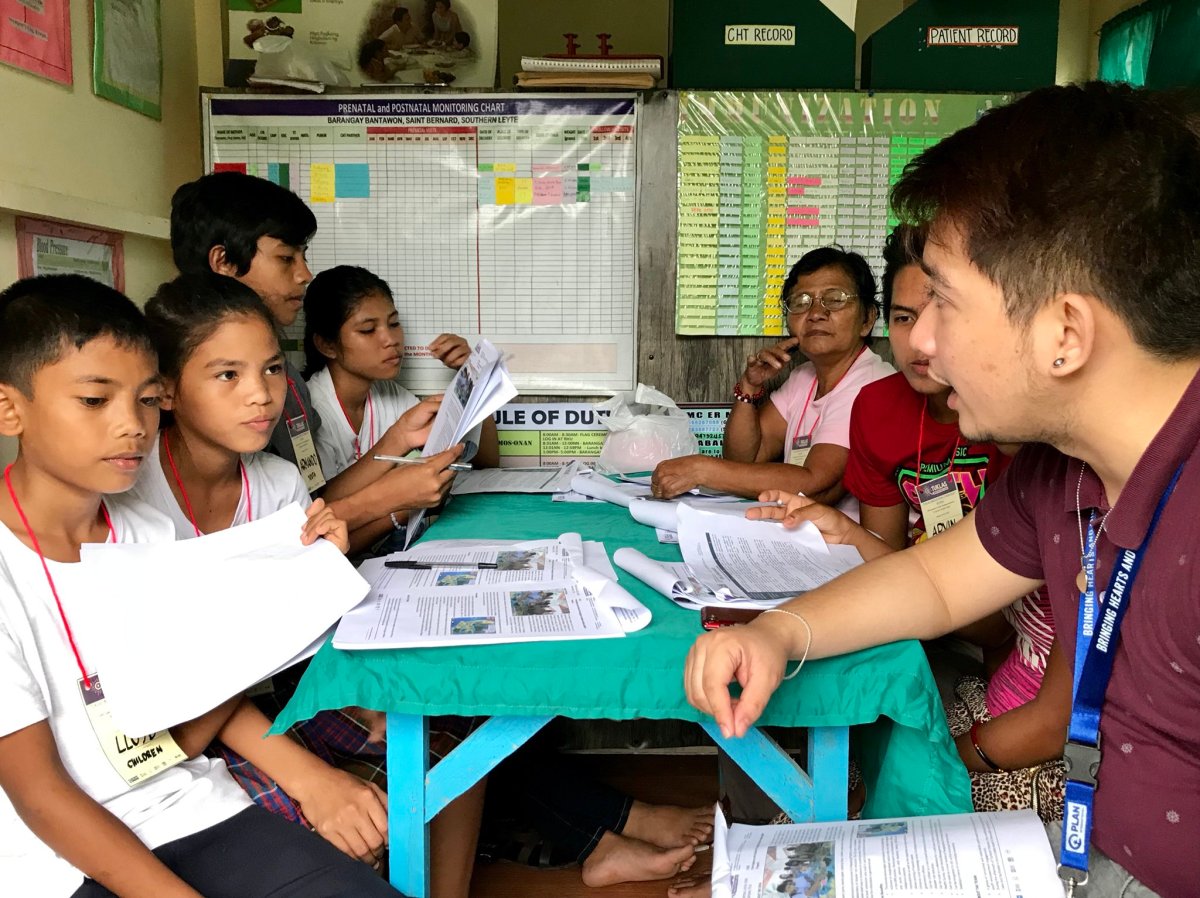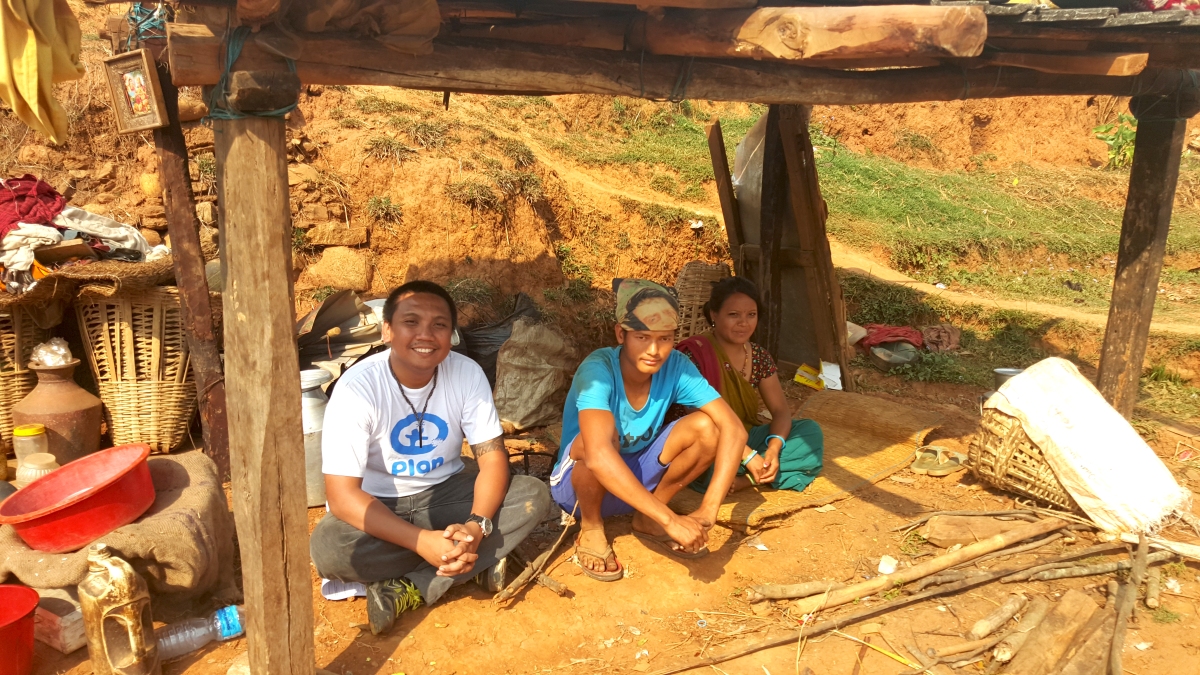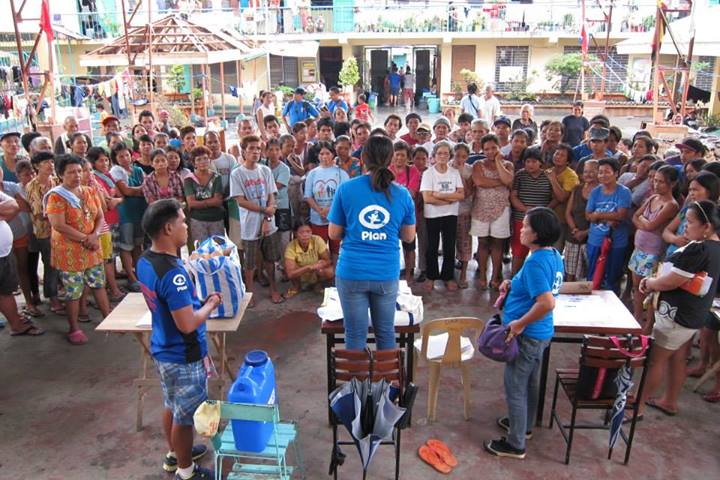Although innovations in the humanitarian sector are not entirely new[1], there seems to be a need for the sector to become more adaptive to new processes and technologies, and reflect learning from past mistakes. “Transformation through Innovation” was one of the four key themes discussed during the 2016 World Humanitarian Summit because “it has been increasingly recognized that humanitarian action must keep pace with a rapidly changing world in order to effectively meet the needs of people (UN OCHA).”
It is important to note that the widely celebrated innovations[2] come from humanitarian organizations and the well-to-do private sector, and not much from the vulnerable and affected communities. We recognize these game-changing innovations but we believe that people who experience the impact of disasters firsthand should have more opportunities to innovate for themselves and inspire innovation.
Our project, the Philippines TUKLAS Innovation Labs (see website, FB page, and Twitter account), share this perspective and is supporting innovations that come directly from the disaster affected communities and the organizations working closely with them. TUKLAS is part of the Disasters and Emergencies Preparedness Programme (DEPP) Innovation Labs which is also being implemented in Bangladesh, Kenya, and Jordan.
I am a humanitarian/development worker and was only introduced to the innovation sector late last year because of the project. In the past, I have considered myself as an innovator in the humanitarian sector. I didn’t know that innovation has its own school of thought which make it, in a way, sophisticated and perhaps even alienating for some. Although it is like exploring unchartered waters, my colleagues and I have had the chance to talk and partner with leaders and pioneers in the Philippine innovation sector and discuss about the buzzwords and terminologies widely used (such as pivoting, scaling, human centered design, and design thinking). For me, the real challenge is not how to make the innovation process less sophisticated but how to help the most vulnerable and marginalized become the trailblazers and drivers of it. I would say the same for the development sector which is also full of jargons and hard-to-translate concepts.
To add, our teams realized that the more that we are trying to understand the innovation concepts, the more that we find it similar to humanitarian/development concepts. Are these two sectors really different from one another? Is implementing a humanitarian/development project different from testing and refining an innovation project? I will try to answer these questions by exploring two comparisons: 1) humanitarian/development project vs. innovation project and 2) innovation work done by TUKLAS vs. innovation work done by other non-humanitarian innovation hubs. Feel free to challenge our thoughts by using the comment section below or sending me an email at enanmelencio@gmail.com. Your inputs will help us understand our work better.
-
A Humanitarian/Development Project vs. An Innovation Project
We find significant similarities with the Human Centered Design framework and the Design Thinking methodology widely used in the innovation sector with the Project Management Cycle[3] commonly used in the development and humanitarian sector. They follow a logical sequence but they are not linear; one phase can go ahead of another or multiple phases can happen simultaneously. For example, the situational analysis in the Project Management Cycle is an ongoing process because of the fact that contexts and situations change constantly during emergencies. The same with the Design Thinking methodology that empathizing can happen again after the testing phase.
Also, they all highlight the importance of using participatory approaches in:
- understanding the current situation and context of the “users” or community members;
- defining the problems, issues, needs, and solutions with the “users” or community members; and
- constantly gathering suggestions and feedback from the “users” or community members to improve the program/project as they are being implemented.
The observed differences:
- The ultimate objective. At the end, a development/humanitarian project aims to help alleviate poverty or support in alleviating human suffering. On the other hand, an innovation project aims to be able to prove that the idea can help alleviate poverty or support in alleviating human suffering.
- For innovation projects, assessments (tests) are done more rapidly and therefore there is a high possibility that the design changes more frequently than development projects. Hence, the former may be seen to be more flexible than the latter.
- Development projects facilitate community empowerment which is not always the case for innovation projects. However, for TUKLAS, we’d like all the disaster preparedness innovation projects we are supporting to build on people’s capacities and ensure their meaningful participation in all stages. They should test and refine “with their communities” and not just “to their communities”.
-
Innovation work done by TUKLAS vs. innovation work done by other non-humanitarian innovation hubs
A lot of the innovation labs in the Philippines have more experience in supporting innovative ideas and we continue to learn from them as we now proceed to the testing and refining stage. We replicated their good practices hence the following observed similarities:
- Providing administrative (e.g. co-working spaces), financial (e.g. seed funding), and technical support (e.g. mentorship and coaching) to the selected innovation teams.
- Both are partnership heavy. There is an apparent need to build a wide range of partnerships, much more than what a normal development project would, for different kinds of support from the technical aspects of each project to marketing and community engagement components.
- Promoting sustainability of the projects through profitability; although we are also looking at other means of facilitating sustainability which I will mention below with the differences.
Because of consortium’s humanitarian nature, we implemented what we thought would be inclusive and empowering approaches. Based on our discussions with the innovation teams we are working with and also with the innovation leaders in the country, we have identified the following differences:
- Existing innovation hubs put special emphasis on looking for certain characteristics in teams and their members which would help them evaluate whether a project is feasible or not. This is something we can learn from and we can try to integrate this in our review process.
- The inclusive ideation process affected how we implemented our call for ideas and other activities. Aside from posting online on various media platforms, we conducted 50 information sessions nationwide to be able to reach as many people and communities as possible. We also conducted writing workshops to help interested individuals and teams refine their ideas and write proposals. The innovators appreciate the extensive support provided and they added that they also learned from their fellow innovators through the peer-to-peer discussions TUKLAS facilitated.
- The selection process involved various groups of individuals – peer innovators, community representatives from various sectors and regions in the country, subject matter experts, innovation experts, government, private sector, and the TUKLAS consortium.
- Aside from promoting sustainability of the projects through profitability, we will also support the innovators work with local government units which may potentially adapt successful pilots and scale-ups.
- The innovators expressed difficulty in accomplishing the TUKLAS proposal form, but expressed gratitude that because of it they were able to reflect on certain aspects of their project such as community engagement, sustainability, and inclusion.
Anything else to add?
[1] Examples: Innovations in International Humanitarian Action which is a study published on 2009, Elrha’s Humanitarian Innovation Fund which was launched on 2010, humanitarian innovators during the Typhoon Haiyan (Yolanda) Response from 2013, and 2016 notable humanitarian innovations.
[2] Such as cash programming, reducing bureaucracy, use of digital data collection apps, use of drones for damage assessments, and setting up of solar-powered water filtration systems.
[3] There are a lot of samples and variations on the internet such as Plan International’s PALS and WWF’s Programme Standards, but generally it covers Situational Analysis, Planning, Implementation, Monitoring, and Evaluation, ensuring that communities are involved in all stages and feedback mechanisms are established as part of the real-time evaluation.















